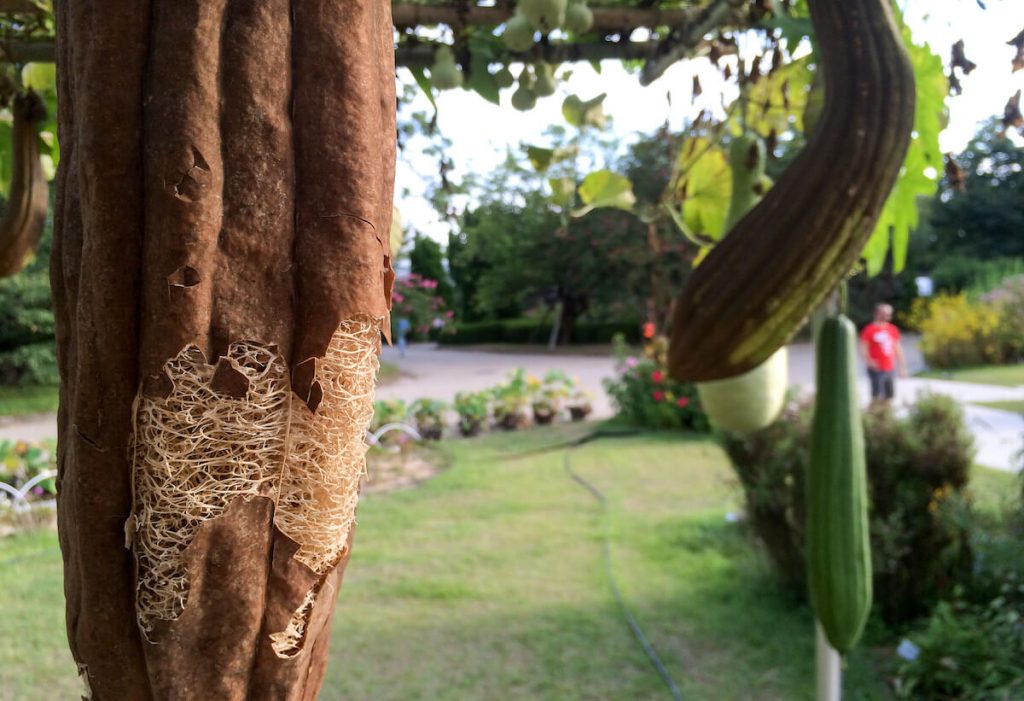
You’ve probably seen, or even used a loofah sponge at some point in your life. They work as excellent all-natural bath sponges, and can even be used for scrubbing pots and pans and other areas of the house.
Contrary to popular belief, loofah sponges are a vegetable, and do not grow in the ocean. This comes as a shock to people who discover their favorite bath sponge could actually be grown at home. Learning how to grow loofah sponges is as simple as utilizing the same knowledge you’d use to grow cucumbers (since they’re both members of the same family!). All you really need is some good soil, a trellis, and you’re set!
But first, let’s get into the nitty gritty of what a loofah really is.
What is a Loofah Gourd?
The loofah gourd (more scientifically known as Luffa aegyptiaca and Luffa acutangula) is grown mainly for its useful fibrous tissue skeleton. When the fruit section of the plant matures, it can be used as an organic bath or kitchen sponge.
Luffa aegyptiaca, otherwise known as angled luffa has long ridges running the length of the fruit. The smooth luffa (Luffa acutangula) has a rounder shape, with shallow creases that run the length of the fruit. Both species are used interchangeably and produce vigorous vines with beautiful yellow flowers.
The luffa gourd belongs to the Cucurbitaceae or gourd family (1), making it a close relative to squash, watermelon, cucumber, melons and hard-shelled gourds.
Luffa gourds are often left on the vine to ripen until they brown, at which point their spongy matrix hardens, creating what we know as the luffa sponge. Luffa sponges are tough on dirt, but they’re non-abrasive, so they’re perfect for washing your face, body, dishes, floor or car.
While luffa sponges are useful to help exfoliate the skin and get dirt and grime off of dishes, this vegetable can also be eaten. Before the fruit fully matures, it can be eaten like a summer squash, and compliments salads very nicely.
Why You Should Start Using Loofah Sponges
One of my favorite thing about loofah sponges is that they’re 100% plant grown, and also 100% compostable. Not many products on the market can beat that! And considering plastic has become one of the worst sources of pollution on the planet, we should be doing our best to opt for products like loofah sponge when we can.
Loofah sponges act as excellent exfoliators of the skin. As a result, they produce fresher, smoother and younger-looking skin. The texture of loofah sponges also enables them to get deep into the pores of our skin, removing built up oils and dirt particles that may be clogging your pores. As a result, your skin will look tighter and more toned.
Loofah sponges can also replace traditional scrubby mitts and other plastic-produced personal care items, and are better for the environment, too. Since they help exfoliate the skin, they are a great substitute for exfoliating cleansers that are laden with plastic microbeads.
Another benefit of loofah sponges is that they can easily replace scouring pads used for pots and other dishes. Scouring pads are made of plastic, and don’t biodegrade, unlike loofah, which will compost completely without doing any harm.
Loofah Sponge Safety
As with most wash cloths and other materials you use to wash the dishes or your face, you’ll need to wash or rinse the sponges after each use. Once done rinsing, squeeze it as much as possible and hang to dry. Try to avoid leaving it in the shower as the moist conditions will promote bacterial growth. Instead, hang it to dry next to a window or other area with good air flow.
The loofah sponge can also become a breeding ground for bacteria because of all the dead skin cells (if you use it on your face and body). For this reason, let your loofah sit in some freshly boiled water for about 5-10 minutes to kill all the bacteria and other critters. Alternatively, you can place it in the dishwasher on the top rack on high heat. Another way for disinfecting the loofah sponge is by soaking it in a dilution of essential oils (like 10 drops of tea tree to 1 cup of water) for 5 minutes, rinse well, and then hang it to dry. Hanging to dry in the sun is recommended, as the UV light kills all bacteria.
If the loofah starts to smell bad no matter what you do (or if you see black mold growth), toss it in the compost and start using a new one. The standard replacement period for a luffa is around one month for those using it on their body or face. If you’re using it for scrubbing the floor or the car, they will last a bit longer (about 2-3 months).
How to Grow Loofah Sponges
Learning how to grow loofah sponges can be incredibly rewarding. There’s something about being able to grow your own products that you’d normally purchase in the store that is very freeing.
Before you start growing loofah sponges, you should know that like most members of the Cucurbitaceae family, they love full, direct sunlight and well-drained but moist soil. If you have compost or organic fertilizer, add that to the mix, too. Their strong vigorous vines need a lot of room to grow (30 feet in some cases!), so a trellis or even chain-link fence would work perfectly in this case.
These fruits also need around 150-200 warm days to ripen, so if you live in more northern climates, it is recommended to start the seeds indoors at least 5-6 weeks before planting in warmer weather.
With that being said, here is how to grow loofah sponges:
1. If you’re in a Northern climate or a cooler growing zone, make sure to start your luffa seeds indoors at least 6 weeks before the last frost.
2. Make sure the seeds are soaked in water for 24 hours before planting (whether you’re starting them indoors or outside).
3. If you are starting the seeds indoors, plant them in biodegradable pots to reduce the risk of shock that most luffa plants go through when transplanted outdoors. These biodegradable planters will break down in the soil, as they’re made up of 100% plant material.
4. When the danger of frost has passed (as in, the soil is warm, and so is the air), plant your seedlings or seeds directly into the soil, about one foot apart. You should plant them along a trellis, or fence (like a chain-link fence), where the vines can steadily grab hold. Also be sure that this area receives plenty of direct sunlight throughout the day. Anything less, and they will not grow.
5. If you can, add some kind of organic fertilizer or rock dust to the soil to enhance growing capabilities of the plant. Mulching with organic straw is also recommended, as it will help keep the soil moist (which luffa sponges love), and weeds at bay.
6. After you’ve completed the steps above, all you need to do is wait! By October, you should have big, green luffas. At this point, you can harvest the gourd if you live in a cold climate (you don’t want to risk frost with the luffa), but if you live in a warmer climate where frost doesn’t hit until way later in the season, leave the gourds on the vine until they start to turn brown. Luffa can be harvested in the green or brown phase – the only difference is that it will be harder to peel them if they’re green.
Once you’ve harvested your loofah, now is the time to peel and process!
Peeling and Processing Loofah Sponges
If you have a loofah that is still green on the outside, you will have to wait about a month before peeling (according to Karen over at The Art of Doing Stuff). Karen lives in Canada and contrary to popular belief, she was able to get perfect loofah sponges even after harvesting in the green stage. All she did was leave them on the porch to air-dry for a month, and then peeled them.
If you leave your luffas to fully mature, they’ll grow a tough, brown outer skin that sometimes cracks. If it is already cracked, you can pull it off in pieces. If the skin is still intact, you can gently press against the skin until cracks start to appear, at which point you can remove from the fibrous inside.
Once the skin has been removed (whether that is green or brown), shake out the seeds and let them dry out on a paper towel to save for the following year. Then wash the sap out of the sponge with warm water.
Next, you’ll want to fully dry out the sponges in the sun, turning them frequently until completely dry. These sponges will keep for years if kept in a cloth bag.
Where Do You Purchase Luffa Seeds?
The easiest place to source luffa seeds is online. West Coast Seeds sells a miriam sponge gourd luffa that grows very long and matures in 52 days.
You can also buy a packet of 90 luffa seeds off Amazon for just $10! That’s about the price of one luffa sponge!
If you’ve ever had the chance of growing your own luffa gourd, let me know in the comments below! I’ll be trying it out in my own garden this year or the next, and I’m excited what comes of the planting journey.
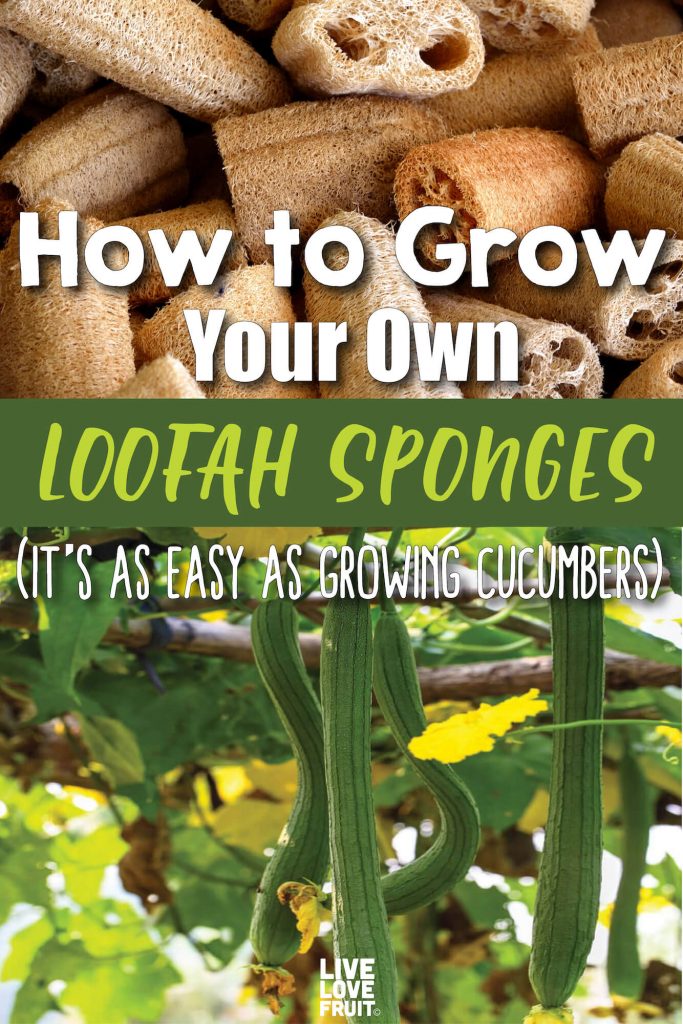


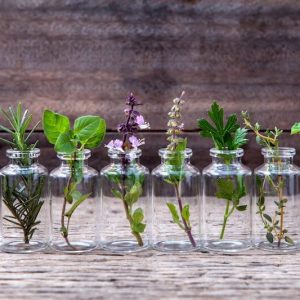
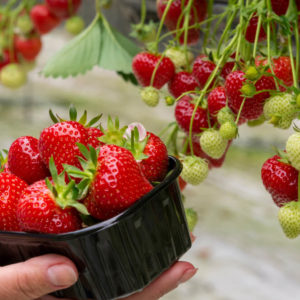
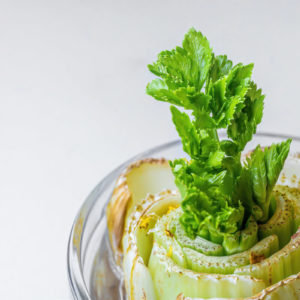

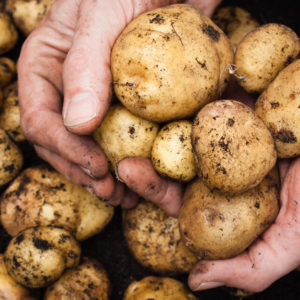
This is a great ideal and we are helping to save the environment,they will also make great Birthday and Christmas presents.
I will be giving growing them a go.
Awesome!! Hope you have success with it! I am planning on planting next year, as I haven’t had time to start seedlings inside this spring.
Luffas are incredibly easy to grow I got hundreds this year from just a few plants I also have tons of seeds and I’ll share with anybody who wants some, I just need a self-addressed stamped envelope and I’ll send seeds I have over a gallon bag full! I live in the desert city of Twentynine Palms, Ca and I had plants through February or March when they finally died from the wind. They’re also a really good pollinator plant the bees absolutely loved the flowers, which helped the rest of my garden. They’re easy to start if you break off part of a whip and stick it in a jar of water you’ll have roots in a week or so that you can replant and they flower immediately because the whip is older and it also makes it easier to share the plant with other people. I plant them around windows to help block the sun.
Amazing!! I’m wanting to grow them next year 🙂
omg I would love some. I found a natural loofah that I’d had in the basement for at least 10yrs still had seeds in it! perfect condition. I didn’t think I could grow them so I threw away the seeds.
I’d love some seeds. I live in Fullerton.
I would love some seeds! I love in Illinois.
I link to some places where you can buy seeds in the article. You can find them here: https://www.westcoastseeds.com/products/miriam-sponge-gourd
I’ve toyed around with the idea of packing a loofah with shredded cardboard soaked in compost tea and potting soil and then planting seeds directly into the loofah. It would seem to me the pores would retain moisture, nutrients and give the young roots a secure structure to grow in – almost like an air pot but with all the nutritional requirements packed into the loofah. Anyone try this already?
Cool idea! Do you mean planting any type of seed, or actual loofah seeds?
I planted the West Coast Seeds loofa seeds early in the year in pots. I had zero success, I think my house was too cold. I didn’t use up all of my seeds so tried again in June. Success! Once I pulled my bird destroyed peas, I planted my 2 survivors in their place. Se in crop, same spot! It is now mid October and I have 9 loofa some 26″ long. They are not brown yet, still too green to pick I think. The plants have died back but I am waiting as long as possible before I pick them. I know they went into the garden late so I’m hoping for a late frost this year! Il post again once I harvest.
That’s awesome Susan! I’m glad you finally had success growing them 🙂
I bought a loofa plant at a plant sale probably 15 years ago. I had success that first year and was hooked! I have given many loofas as gifts. I have made loofah soap. I have some seeds soaking right now and plan to pot them tonight!
That’s so cool!!